How to Take Care of Your Ice Fishing Rods: Rod Care 101

You researched. You asked for advice. You got your hands on as many options as possible. And finally, after doing all of your due diligence, you chose to spend your hard-earned money on a high-end, high-dollar custom ice fishing rod. You get the reel seated, you spool the line, you tie the jig, and you toss it into the 5-gallon bucket with the rest of your fishing equipment for your day on the ice. After you get to your spot and have everything set up, you reach into your bucket to pull your new baby out, only to find it 2 inches shorter with the tip dangling from the new line.
This happens ALL THE TIME to well-intentioned and careful people. And as you would expect, it is a terrible feeling when it happens to you (I know from experience L). After the initial shock, and many, many tears, it’s time to figure out what the heck happened and how to make sure it doesn’t happen again.
It is a common misconception that high-end custom rods are bulletproof. They are not. They are built from incredible materials, and if used properly, they are incredibly strong for their weight and size. But these high-end materials are not forgiving when they are used in ways, other than intended. They need to be given an extra level of care than many of the lower-priced rods you may be used to.
Here are our recommendations for how to care for your high-end custom rods, to prevent the scenario from above from happening to you.
- NEVER store your rod with the tip loaded.
- Always transport your rods in a case with ample padding (preferably sideloading)
- Keep your rods away from heat sources.
- Never reel all the way up to your jig, lure, or swivel.
- Try to keep your hook sets as horizontal as possible.
- Never store your rod with the tip loaded
A loaded tip is when you leave tension on the line and a bend in the rod tip. This usually happens by hooking your jig into the hook keeper and then reeling down slightly so the hook doesn’t come off the hook keeper. Sometimes it also happens from reeling the hook all the way up to the top eyelet and then reeling tension.
There are two main problems from leaving your tip loaded. First, when a fiberglass rod is stored with a loaded tip, the fiberglass in the tip section will take a set. This means the tip will be permanently bent in the direction of the load. On rods like the Tuned Up Custom Rods Bullwhip, this dramatically reduces the functionality of that vital tip. Second, when a tip is loaded, it is unable to move and react to changes in its environment. It is pre-stressed and more apt to break at that stress point. This is especially true on carbon fiber rods with fast tips, such as the Tuned Up Custom Rods Precision or Quick Tip.
Thankfully, it is a very easy thing to avoid. Simply store your rods with no tension on the line. This completely solves this issue.
- Transport your rods in a case with ample padding (preferably sideloading)
Getting your rods to and from the lake is a huge area of vulnerability. Trucks packed with equipment, bouncing down the road and onto the ice, present a lot of opportunities for bad things to happen. Thankfully, a good quality, hard-sided rod case all but eliminates potential problems during transport. I personally use the Otter Sportsman rod case, and I have no fear of rod damage whatsoever.
One thing to consider is how you load your rods into the case. The Otter Sportsman case opens like a briefcase and you set your rods in horizontally. You have constant sight of your entire rod and reel while loading. Some cases require you to push your rod in from the bottom. This leads to a risk of getting your rod tips caught and bent. Many rods have broken this way.
One other area that is surprisingly the cause of many broken rod tips is the rod sleeve. Again, these require the rod tip to be pushed up from the bottom, and many tips are broken using these sleeves every winter. The rod sleeves work great for summer rods with more substantial tips, and when keeping line from tangling with several rods. But, they are not necessary when you use a nice quality rod case.
Pro-tip: if you close a hard rod case, with the rod tip sticking out. It will break.
- Keep your rods away from a heat source
Sadly, I learned this lesson the hard way. Carbon fiber and fiberglass do not mix well with heat. Buddy heaters, sunflowers, auger exhaust (the one that got me) will all weaken the strands of the rod blank material. Usually, the rod will look just fine, but when you go to set the hook, the tip simply folds over and breaks off. I still have nightmares. No tricks here, just don’t let your rods touch these hot surfaces and you will be fine.
- Never reel all the way up to your jig, lure, or swivel
You’ve just hooked into the fish of a lifetime, or maybe just the first fish in a few hours. Adrenaline kicks in and you start to reel like crazy. Before you know it, you have reeled all the way up to your lure and your tip is broken in three pieces. It can all happen so fast. This piece of advice really fits in line with tip #1. Rod tips are fragile when they are bent in ways they aren’t made to bend. Plus, reels have a lot of torque. The best advice here is to be aware of how much line you have out, and how quickly you are reeling. Also, slowing down and playing the fish is more fun and better for the health of the fish, especially fish caught deep.
- Try to keep your hook sets as horizontal as possible
Finally, we come to high-sticking. This isn’t just a 2-minute penalty in hockey. High-sticking in fishing is when you set the hook and reel with the rod perpendicular to the ice. This causes the rod to bend over an extreme amount. Pushing a rod to the limits with every fish will eventually lead you to exceed the limits.
The best practice here is to try to keep the rod as close to parallel with the ice as possible, during the hook set and fight. Lift your whole arm straight up when setting the hook. A master at this is James Holst of In-Depth Outdoors. Next time you are watching his program, pay attention to the way he sets the hook. His arms are fully over his head, but the rod is level.
At Tuned Up Custom Rods, we design our rods to be durable and dependable fishing tools that will last many years when used as intended. But we also know that accidents happen. There may also be the very rare manufacture defect in the rod materials. We want to keep you on the ice as much as possible, so we offer the best rod warranties in the custom rod business. If you feel your rod suffered from a manufacturer defect, simply send it in to us and we will evaluate it. If a defect is found, we will replace it for free. But if like me, your rod failed because of user error, we have your back as well. We offer a Five Year No Questions Asked warranty as well, where we will replace your rod for half price with no questions asked.
Now grab your rods and get out on the ice!
Stay Tuned!
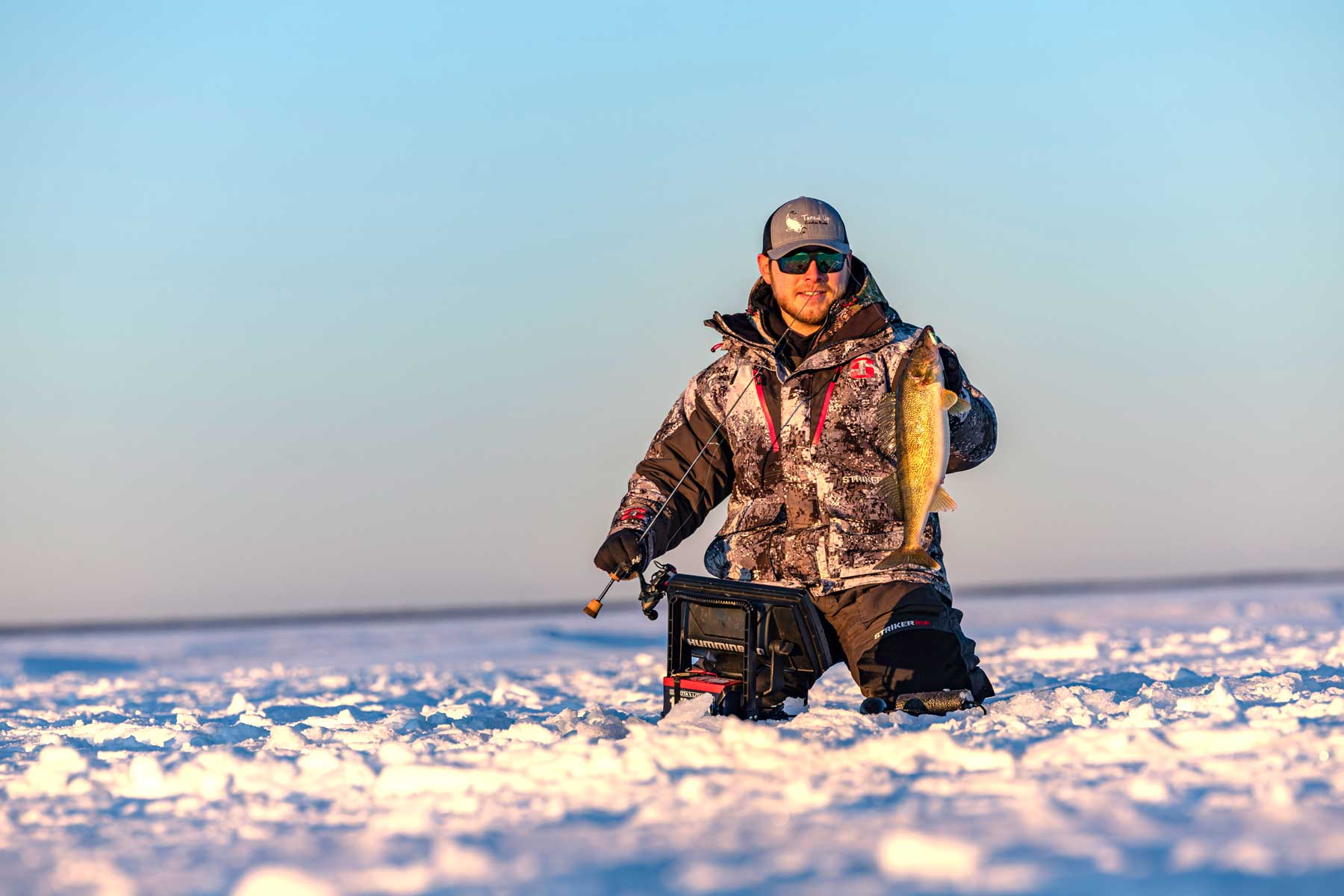
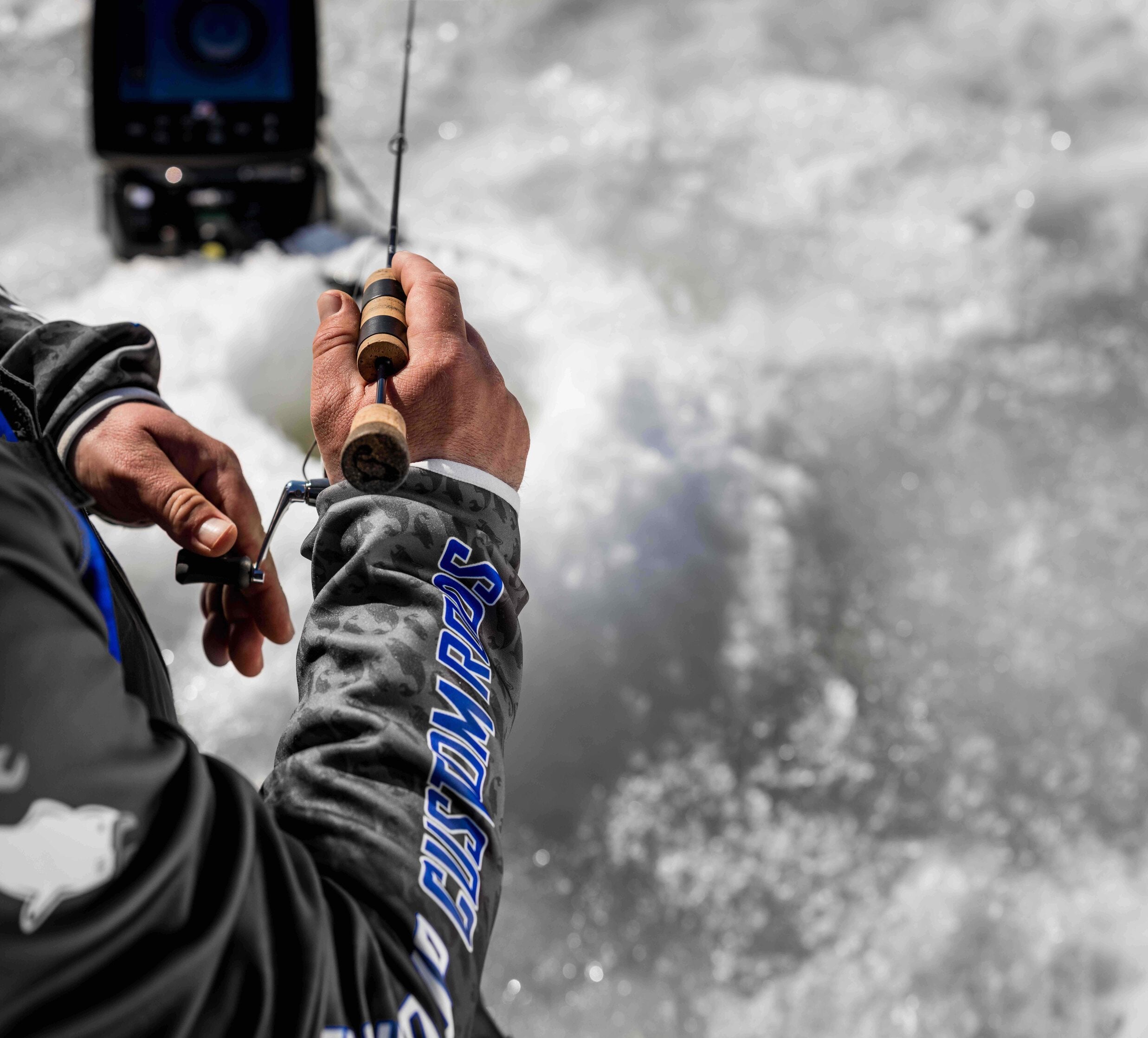
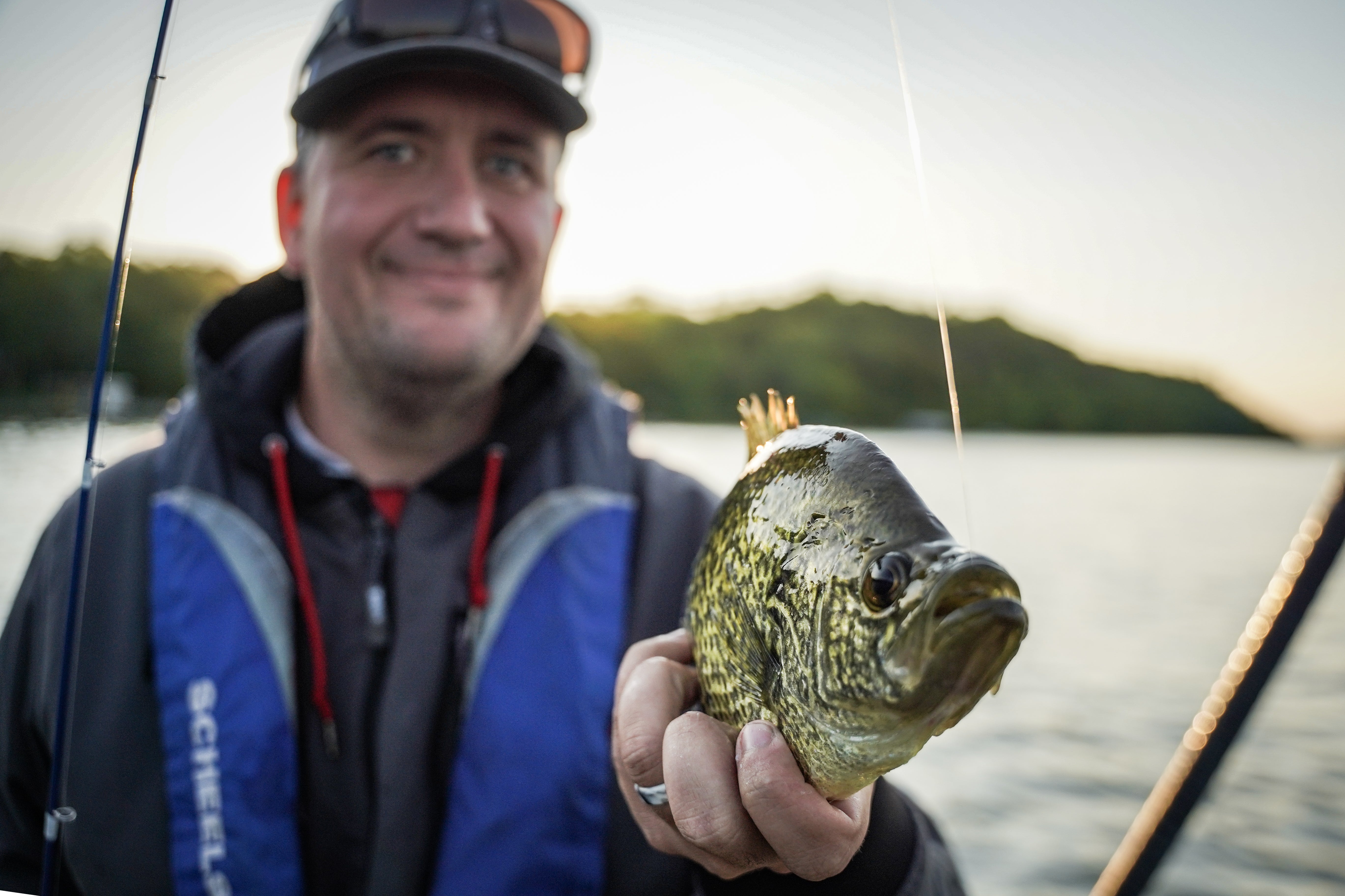
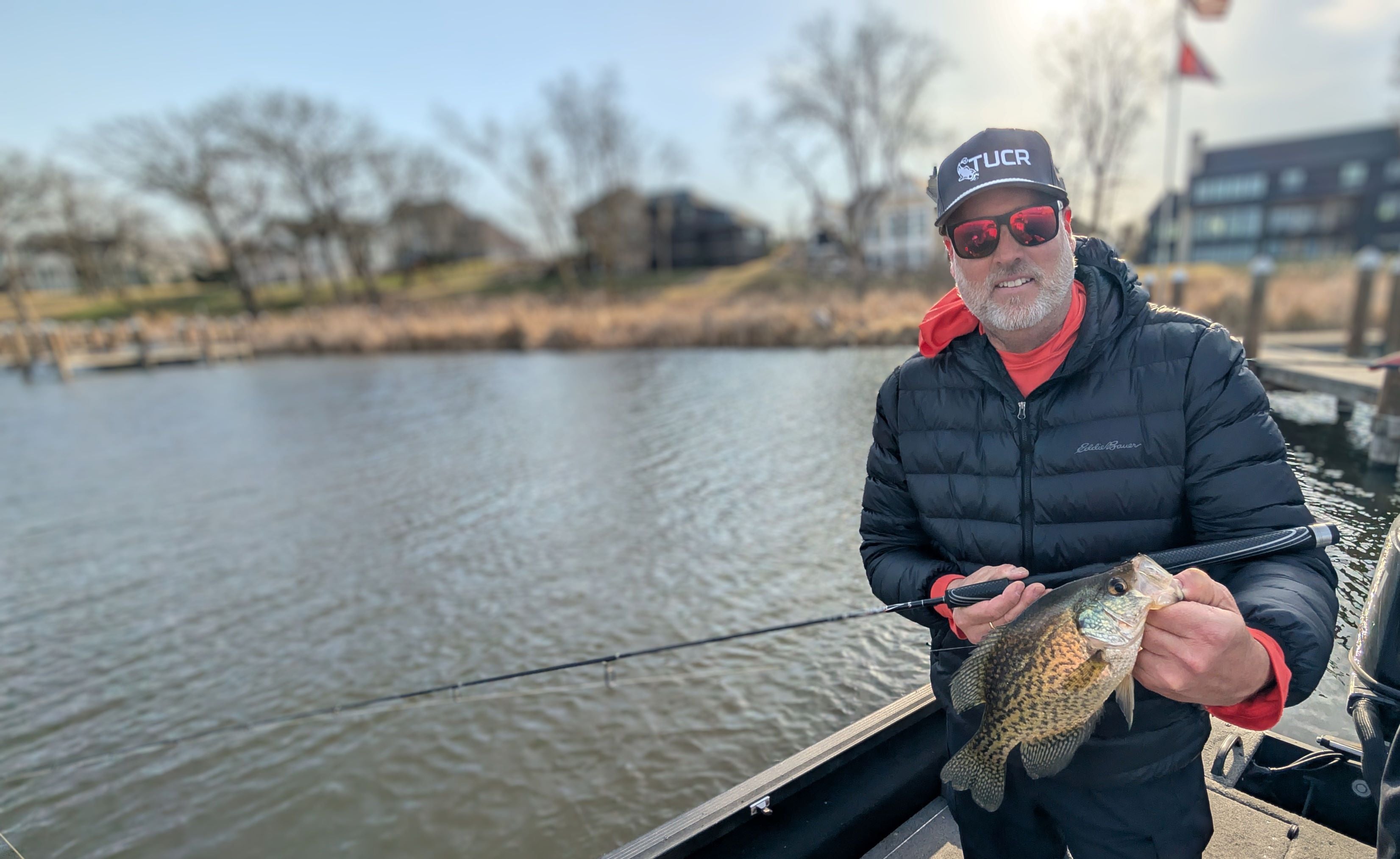





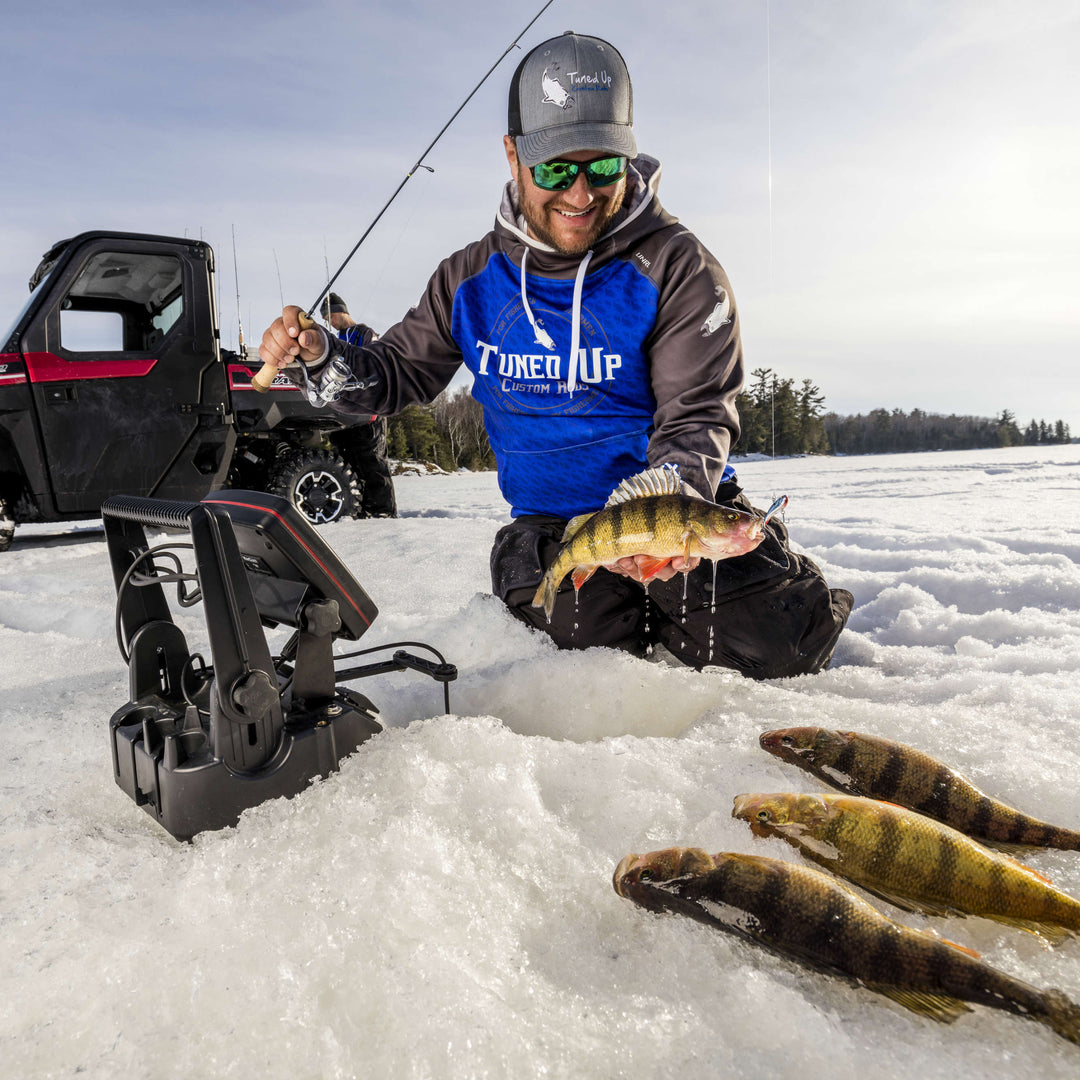
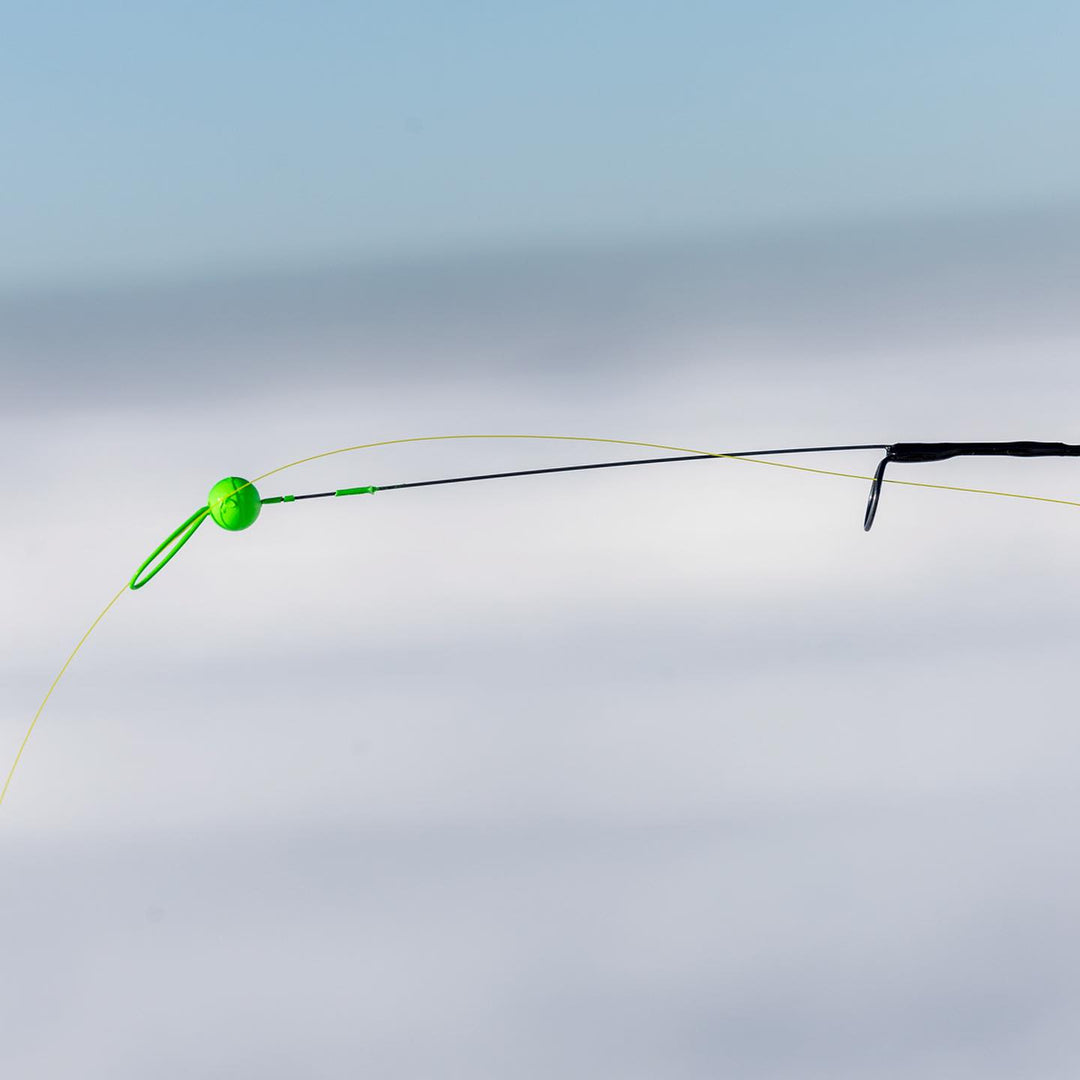
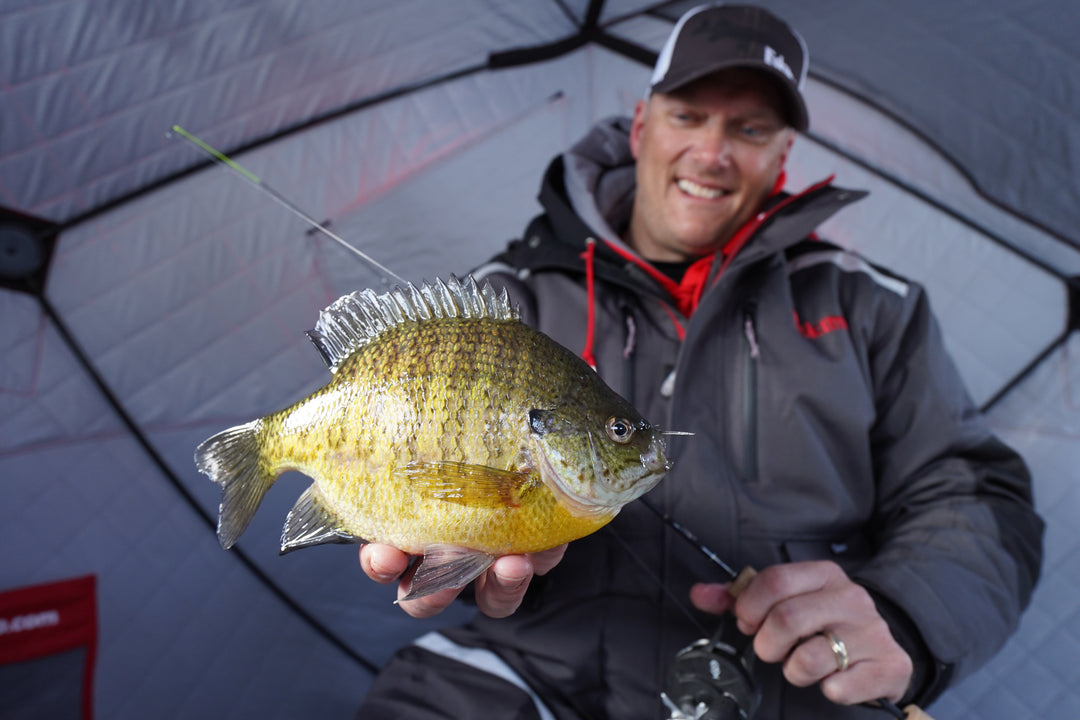
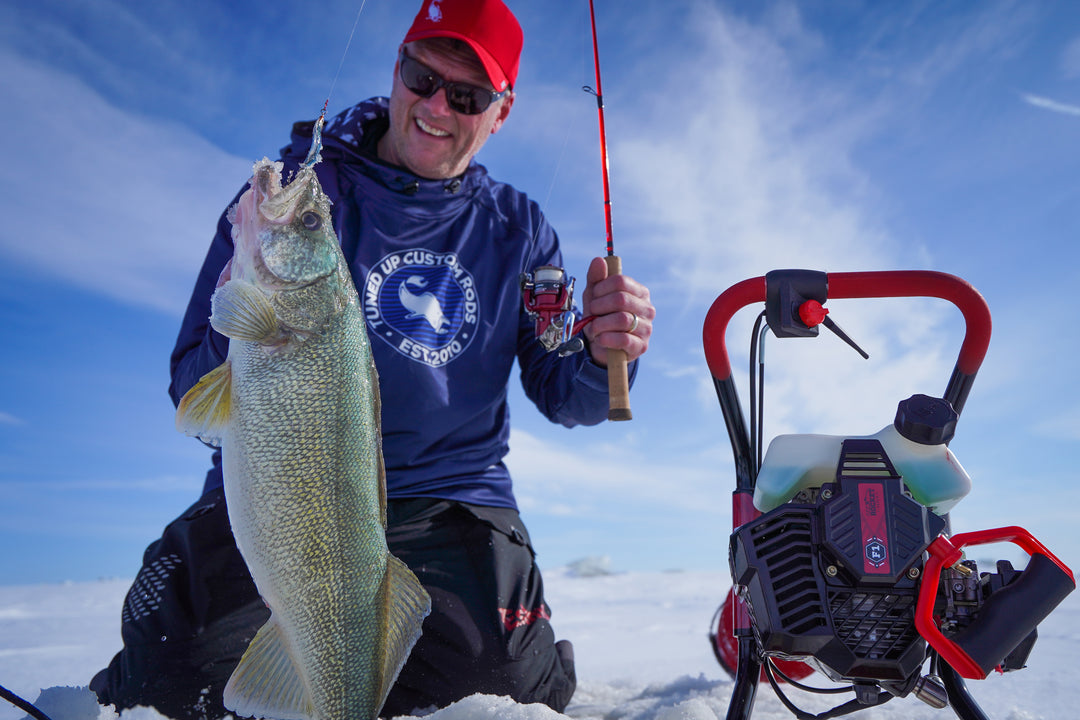
Can I purchase replacement eyelets? or can you direct me where?
https://aspirods.com/what-is-a-leader-line-in-fishing/
aspirods.com
The way you have presented this article is very impressive. Thank you for sharing this article.
Leave a comment